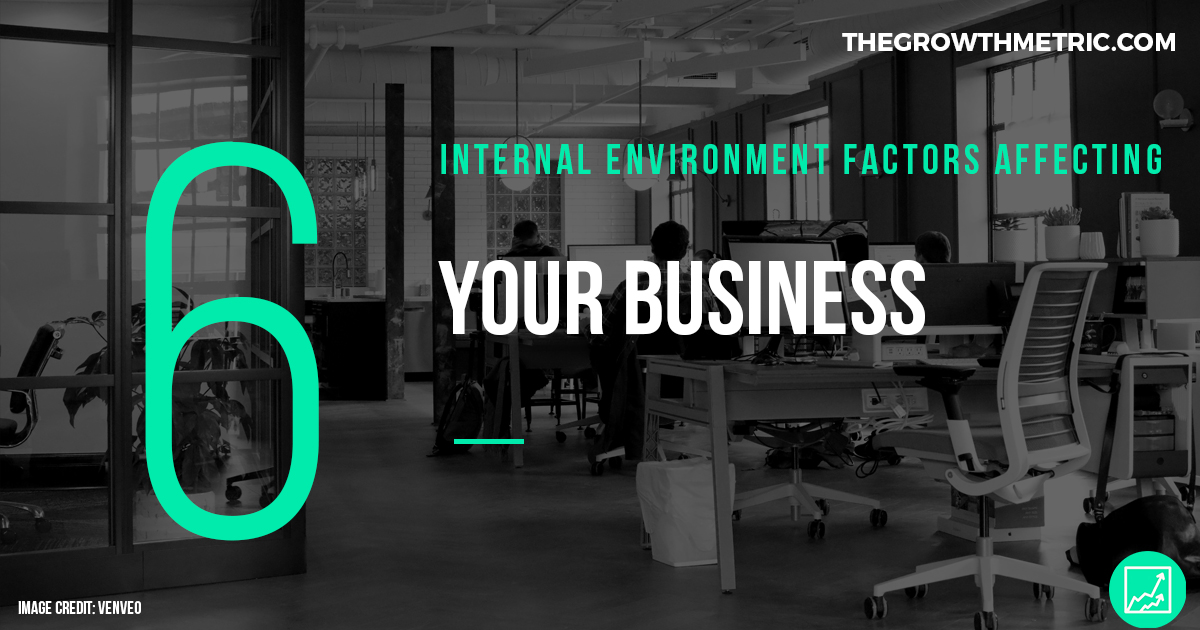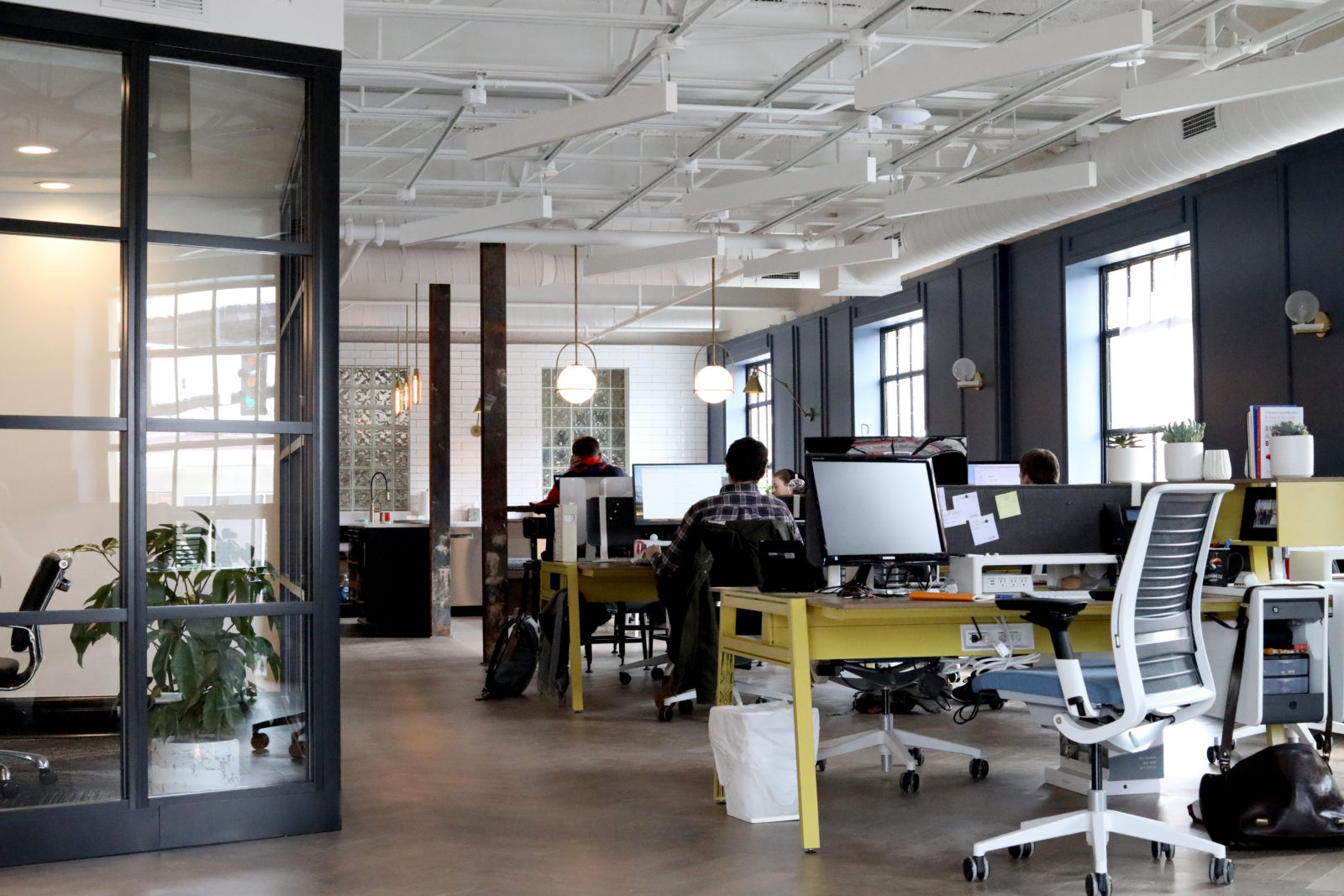
Continuing with our series on “Factors affecting your business” we discussed the two types of external factors affecting your business, it’s time to discuss the internal factors that can make or break your business.
What Are The Internal Factors Affecting My Business?
There are many internal factors that can decide the success or failure of your business. The biggest of which is your product or service offering.
However, there are six major internal factors in total affecting your business environment. These are:
- Your Product/Service Offering
- Your Employees
- Your Company Culture
- Your Stakeholders & Investors
- Your Financial Resources
- Your Physical Resources
Let’s look in-depth into these internal factors.
Related Post: External Factors Affecting Your Business: Micro Environment
1. Your Product/ Service Offering
Customers are the biggest external factor that can affect the success or failure of a business, after all, the core of every business is its customers.
On the other hand, the product or services your business offers is the biggest internal factor that can affect the success or failure of your business.
At the core of your business are customers, but without a product or service offering, there is no customer. What this means, is that the state of what you’re selling is a big deciding factor on how long your business would last.
Not only must you make sure that your product/service offering is up to par, but you must also constantly compare your offering to what else is in the market and adapt strategies that best suit your customers and your brand.
Your business can adopt strategies such as:
- Focus on Innovation: This strategy involves on differentiating your product or services by standing out from the crop, by making your products or services unique, more advanced, more intuitive, different from, or more attractive than those of your competitors. This might mean that your product or service would be more expensive than the average price in the market.
- Focus on Low Cost: This strategy involves charging lower prices as compared to your competitors. Most startups and business start with this strategy to grow their customer base, before increasing the cost of the product/services as the business grows.
- Focus on Quality: Unlike the previous strategy which focuses on charging lower costs, especially for mass market products, or products from a new company, this strategy focuses on creating a high-quality product/service, which would be sold at a higher price than the average market price. Your product might not be as feature packed as a product/service that focuses on innovation, but for the few features you offer, your product or service has the best possible feature. This strategy is usually aimed at a very niche market.
Before worrying about the external factors affecting your business, before worrying about your customers, you first need to think about what you are offering to your customers, and why they should choose you above other business providing similar products or services.
Related Post: External Factors Affecting Your Business: Macro Environment
2. Your Employees
Unless the only person in your company is you, your employees are a major part of your business internal environment. After all, they are who your customers would connect with and build relationships with.
Not only are they the face of your business, but they also produce, sell or service the goods and service that drive your business. This means:
- Your employees have to be good at their jobs
- Managers have to be good at handling lower-level employees and overseeing other parts of your business internal environment
- Training and developing your employees to further their skill and improve their overall efficiency.
This means having qualified, experienced and motivated employees is important. Then again, you have to consider that you might have to pay more to attract specialized, qualified, and motivated employees.
Unfortunately, having qualified and well-trained employees does not guarantee the success of your business, as internal politics and conflicts are just as damaging as having incompetent employees.
Related Post: How To Analyze Your Business Standing In the Market(SWOT)
3. Your Company Culture
It’s impossible to talk about the role your employees play in your business, without also considering the role your company culture plays both in keeping your employees happy, and in the success of your business.
First, let’s explain what “Company Culture” or “Workplace Culture” means.
According to The Balance Careers, Company culture is the personality of a company. It defines the environment in which employees work.
Company culture includes a variety of elements, including work environment, company mission, value, ethics, expectations, and goals. Company culture, therefore, is the shared values, practices and beliefs of the company’s employees.
According to ERC, Workplace culture is the character and personality of your organization. It’s what makes your business unique and is the sum of its values, traditions, beliefs, interactions, behaviors, and attitudes.
So how does this affect your business internal environment and your business growth?
Well, a cutthroat business environment where every employee competes with one another—Not to be confused with a company culture that encourages friendly competition—and everyone is trying to one-up each other, trying to make others fail in other to look better, creates a different environment from a company that emphasizes collaboration and teamwork.
If your company does not respect women, the disabled, and the minorities, and is choke-full of harassment complaints whether officially filed or otherwise, your customers and the public can tell, and it will have serious repercussions on the way your business is seen, which will affect your business success.
If your employees are overworked, and feel like you are constantly breathing down their neck and trying to micromanage them instead of letting them do the work you hired them to do, their displeasure will be conveyed to the customers, and they will lose faith in you.
4. Your Shareholders & Investors
Now let’s talk about the people within your business but are not your employees. There are different ways to finance a business, one of which is getting investors and shareholders. This is popular among startups.
Is there a difference between Shareholders and Investors?
According to The Nest, An investor is anyone who puts money or anything of value into a business or cause for a financial return. When you buy stock in a public or private corporation, you’re essentially a shareholder and investor. Putting your money into a corporation for investment purposes makes you an investor.
Shareholders and investors may help fund your company at start-up or as you look to grow. Without money to build or expand your business, you likely cannot operate your business properly, you could take loans, but you’d have to repay it with interest.
By taking on investors, you share the risks of operating the business and often gain other non-monetary support and expertise.
Shareholders invest in the company, but they are not merely investors. They own shares of the company, so they are actually owners of the company in a way. This means they get a say in the running of a company.
Shareholders will also demand a return on their investment. So it is the company’s duty to earn profits and pass on these benefits to the shareholders.
Your business will have to create wealth for your shareholders, this means that your business must find the right balance between the health of the company and the benefits to the shareholders.
5. Your Financial Resources
While on the topic of investors and shareholders, let’s talk about your business financial resources. Your business financial resources typically mean funding, investment opportunities and sources of income.
You can have an amazing product, top-notch employees, and a booming economy, but the lack of funds can determine whether your business survives or crashes.
Little to no funding can determine the number of people you can hire, the quality of your equipment, and how much you can spend on marketing, advertising, and sales resources.
If your business has a source of funding, you would have a lot more flexibility to experiment on different parts of your product/service offering from packaging to marketing and sales.
You would also have the flexibility to try out different business tactics to grow and expand your business or endure an economic downturn.
Then again, there has been a rise in bootstrapped startups. According to Investopedia, Bootstrapping is building a company from the ground up with nothing but personal savings and, with luck, the cash coming in from the first sales.
This means the company has limited funds, and since there is no outside funding from investors, the business owner/founder has to resort to using personal savings, working elsewhere, and other creative ways of funding the company.
While there is nothing wrong with bootstrapping your business, the limited funds would determine almost every aspect of your business, from your developing your product offering, the time you have to provide a service, customer support, marketing, etc.
6. Your Physical Resources
The last internal factor that can affect your business environment are the physical resources available to your business.
These resources can be tangible or intangible. Tangible resources include your company’s location, equipment, and facilities. Intangible resources include employee programs, software systems, patents, copyrights, and trademarks.
Your business location, the method of product/service delivery, the equipment used to develop your product and the facilities available to your business, can affect not just the quality of your product/service offering, but also the quantity or the capacity of sales your business can successfully handle.
Intangible resources such as employee programs and the software systems used by your business also play a key role in the development and delivery of your business offering.
Your business financial capability is not just measured by the funds available to it, or the amount of money it makes, but also, on assets such as intellectual property.
Intellectual property can not only boost your company’s net worth, but would give you the right to sue if someone uses your intellectual property without permission.
To understand the importance of patents, copyrights, and trademarks, you need to know what they are, and the difference between all three.
What is a Patent?
According to Copyright Alliance, The primary goal of the patent law is to encourage innovation and commercialization of technological advances. Patent law incentivizes inventors to publicly disclose their inventions in exchange for certain exclusive rights.
A patent protects inventions. These inventions can include new and useful processes, machines, manufactures, compositions of matter and improvements to these.
What is a Trademark?
According to the United States Patent and Trademark Office, A trademark is a word, phrase, symbol, and/or design that identifies and distinguishes the source of the goods of one party from those of others.
A service mark is a word, phrase, symbol, and/or design that identifies and distinguishes the source of a service rather than goods. Some examples include: brand names, slogans, and logos.
We usually use the term “trademark in a general sense to refer to both trademarks and service marks.
What is Copyright?
A copyright protects original works of authorship including literary, dramatic, musical, and artistic works, such as poetry, novels, movies, songs, computer software, and architecture. The duration of copyright protection depends on several factors.
For works created by an individual, protection lasts for the life of the author, plus 70 years. However, for works created anonymously, pseudonymously, and for hire, protection lasts 95 years from the date of publication or 120 years from the date of creation, whichever is shorter.
That said, protecting your business intellectual property can help increase your company’s net worth, and protect your product/service offering from illegal use.
What Next?
Now that you know both the internal and external environmental factors affecting your business, it’s time to do a SWOT and TOWS Analysis to discover what your strengths and weaknesses are, as well as identify any opportunities and threats in your market.

